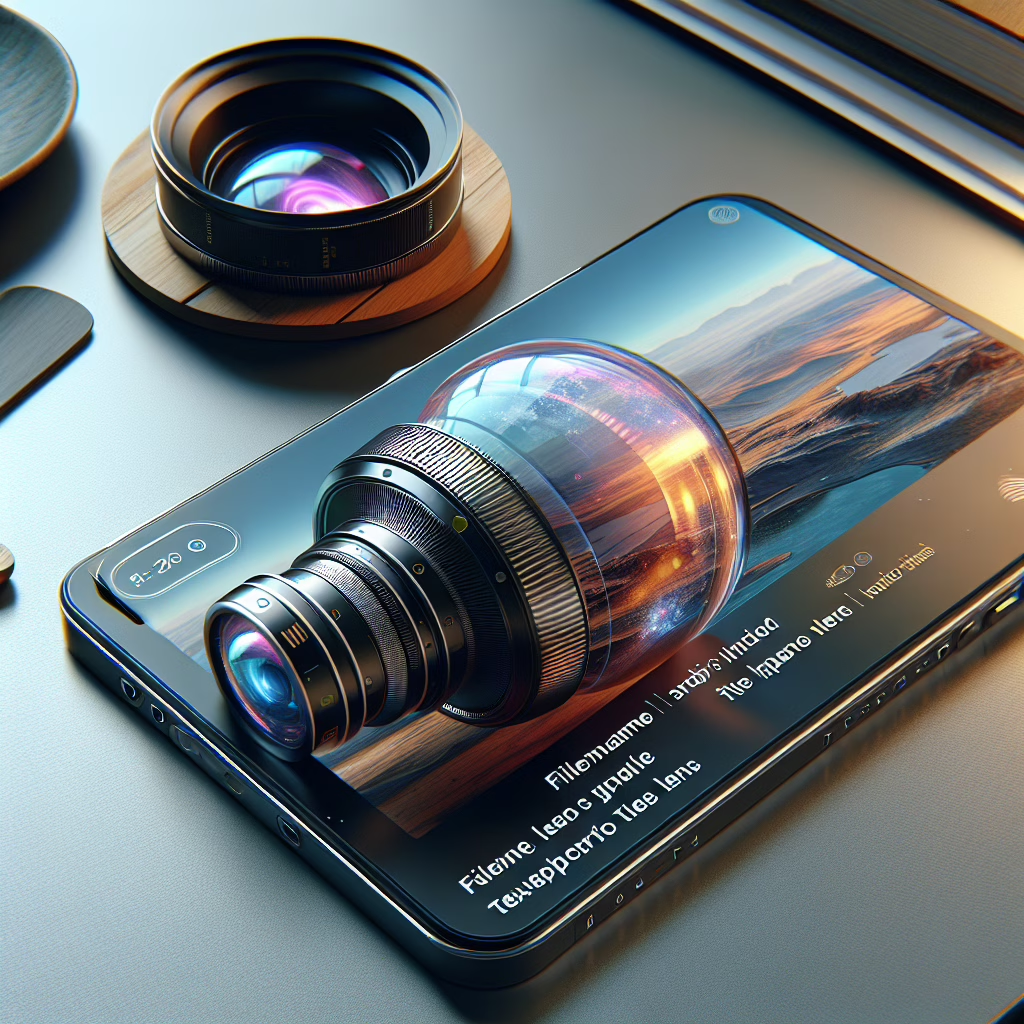In the ever-evolving world of smartphones, the Samsung Galaxy S25 Edge has taken the stage with a bold move—no telephoto lens! Yes, you heard that right. This device, which many had expected to come with the full suite of camera features, has decided to ditch the telephoto lens. But before you gasp in horror and clutch your pearls, let’s explore why this might actually be a refreshing change and why you might find yourself surprisingly okay with that!
Why Ditching the Telephoto Lens Might Be Genius
First off, let’s address the elephant in the room: the telephoto lens is like that one friend who always wants to tag along on trips but ends up being a bit of a drag. Sure, it can zoom in on distant subjects, but at what cost? The Samsung Galaxy S25 Edge is focusing on what really matters—delivering excellent performance without the extra baggage.
Without the telephoto lens, Samsung has lightened its load—literally! The absence of this component means less weight and more space for other exciting features. It’s like going on a diet but instead of losing weight, you’re gaining functionality. Who doesn’t want that?
The Power of Digital Zoom
Now, you might be wondering how you’ll capture those stunning shots from afar. Fear not! The S25 Edge comes equipped with powerful digital zoom capabilities. While it may not be the same as having a dedicated telephoto lens, digital zoom has come a long way. Think of it as your trusty sidekick—always there when needed, even if it doesn’t have all the fancy gadgets.
This innovation allows you to zoom into your subject without sacrificing too much quality. Plus, Samsung has incorporated some clever software enhancements that help reduce noise and improve clarity when using digital zoom. So go ahead, snap that photo of your dog chasing after a squirrel three blocks away! (Just make sure he doesn’t run into traffic.)
It’s All About Perspective
One of the most enjoyable aspects of photography is getting creative with angles and perspectives. The absence of a telephoto lens encourages users to explore their surroundings in new ways. You might find yourself getting closer to your subjects or experimenting with wider shots. Who knows? You might discover a hidden talent for street photography or become the next Instagram sensation!
Additionally, with advancements in AI technology, Samsung’s camera software can intelligently enhance photos based on context. So even if you’re not using a telephoto lens, you can still capture breathtaking images that look like they were taken by a pro. The S25 Edge’s ability to analyze each photo and adjust settings automatically is a game changer in smartphone photography.
More Than Just a Camera
The Samsung Galaxy S25 Edge isn’t just about its camera; it’s packed with features that cater to all your smartphone needs. With its sleek design and powerful performance, it’s like having a mini supercomputer in your pocket! From gaming to multitasking and everything in between, this phone shines bright.
- Stunning 6.7-inch AMOLED display for vibrant visuals.
- Top-notch processor delivering lightning-fast performance.
- Long-lasting battery life that keeps up with your hectic lifestyle.
The battery life is another highlight! Samsung has mastered the art of keeping your phone charged through marathon days filled with social media scrolling and video streaming. So while you may miss out on some long-distance shots, at least you won’t miss out on keeping up with your friends’ latest adventures. Additionally, the seamless integration of apps and services makes everyday tasks easier and more enjoyable.
Conclusion: Embrace Change!
So there you have it—the Samsung Galaxy S25 Edge may not have a telephoto lens, but it offers plenty of reasons to embrace this change! Whether it’s encouraging creativity in photography or providing exceptional overall performance, this phone is ready to impress. Let’s face it; sometimes less really is more!
What are your thoughts? Are you excited about the S25 Edge’s unique approach to smartphone photography? Share your opinions in the comments below!
Special thanks to TechRadar for their insights on this topic! Check out their original article here.

